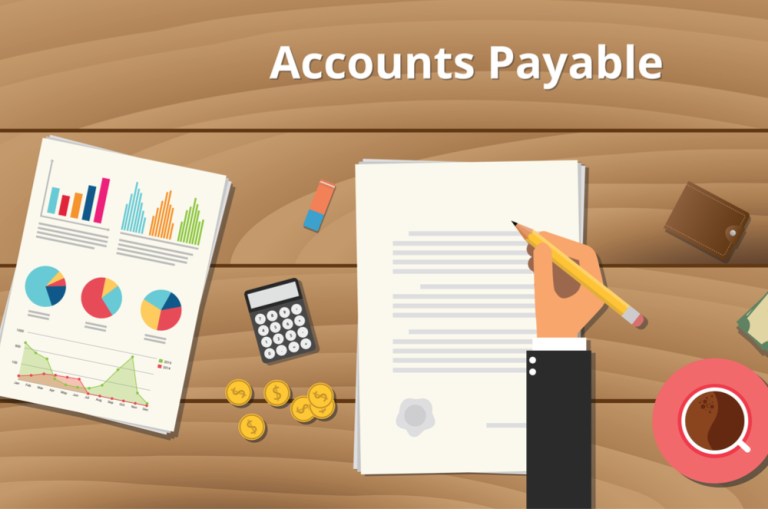
This year was undoubtedly a big one for B2B payments. Some of the giants in payments and FinTech, including Mastercard and Visa, took steps to enhance their B2B payments offerings via new payment platforms and other innovations, while the space was also the target of new initiatives from industry players working with blockchain, faster payments and open banking technology.
These efforts signal a growing focus on the B2B payments space as one just as innovative and disruptive as consumer payments. But payments are only one piece of the puzzle for businesses, which means innovation in the accounts payable (AP) space is also a critical component.
Ken Virgin, CEO of accounts payable company iPayables, recently told PYMNTS that corporations have only recently begun to embrace not just new B2B payments tools, but other AP technology, like invoice processing and supplier management, as well.
“We are moving from early adopters to mainstream acceptance of the technology,” he told PYMNTS in an emailed interview. “Ten years ago, it made sense but was still new, and most companies were unwilling to try out something so different. Today, most companies are familiar with payables automation and vendor portals and have colleagues that are using those systems, so it’s easier to defend the decision to implement.”
But the B2B payments space is notorious for being slow to innovate — at least, slower than the B2C space. In accounts payable, that means there are still hurdles to businesses actually adopting and using technologies in the accounts payables department.
One of the largest, Virgin said, is the threat of technology replacing human capital.
“Many payables managers are afraid that automation will mean headcount reduction and loss of status,” he said, adding that “many automation implementations aren’t focused on headcount reduction, but instead reallocate payables clerks to audit and supplier relations management.”
There can also be significant friction linked to purchasing groups, which is designed to leverage buying power to obtain vendor discounts. According to Virgin, these purchasing groups may try to “force feed” a particular purchasing solution on the accounts payable department.
“Purchasing systems may have the ability to make payments for some PO-related invoices, but they rarely help the payables group with their overall goals,” he said. “In [a] high-volume purchase order environment, payables automation will not work without the cooperation and support of the purchasing group.”
Both of these challenges highlight the importance of accounts payable software and service providers to collaborate with other areas of the enterprise, including the managers that will be using these tools and the purchasing groups themselves. The CEO added that communication is also key to ensure accounts payables departments are actually getting the technology they need.
“Technology efforts are always a concern,” he stated. “Regardless of the accounting system being used, technical support for an automation initiative is always a constrained resource. The first task in overcoming technical resource concerns is a clear description of the efforts required.”
That means companies like iPayables should be working with clients’ technical teams to ease the integration process, he said.
These hurdles represent an array of concerns and worries for the accounts payable department stemming from the adoption of AP tools. But AP professionals already have loads of other challenges on their plates.
Research released from iPayables last year found that manual invoice approval and payment processes are a top struggle, cited by 21 percent of surveyed AP professionals. Nearly the same said frustrating, manual and paper-based processes were their top challenges, while vendor management and lost or missing invoices also landed on the board. If accounts payable automation is going to find its place in the enterprise, it must ensure it doesn’t add any extra points of friction for these professionals.
According to Virgin, innovators in this space today are focused on exactly that: making life easier for the accounts payable department.
In the coming year, he said, AP providers are likely to consolidate and focus on “interconnectivity between vendor portal networks” (though he added this is likely to take some time).
“Some ERP systems will continue to offer their own version of payables automation, but I think the wiser ERP systems will offer easier automation integration and tout automation partners,” the CEO added.
Virgin said two innovations in particular have been instrumental in the progress of AP technology.
“The biggest change … is the integration of virtual card and invoice processing,” he said. “The final effects of this combination will make this a driving force in the market for the foreseeable future.”
But the next wave of progress for this industry, he said, takes a page right out of the consumer payments book as accounts payable begins to explore the use of faster payments technologies, especially as open banking initiatives fuel use of faster payments not only among banks, but also among FinTechs and other FinServ providers.
“On the horizon are instant online payments through new bank cooperative networks such as Venmo and Zelle,” said Virgin.
The CEO isn’t alone in eyeing these tools for the B2B space. Zelle actually made its first step into the world of business payments last month when U.S. Bank announced deployment of its P2P payments solution via its Disbursements via Zelle service, which lets businesses use the platform to send funds to individuals. The iPayables executive said he expects these kinds of services to go even further in the B2B payments market.
“While those tools are for small, individual-to-individual transactions, businesses are watching to see what tools might develop into a simpler, cheaper replacement for wire,” Virgin added.